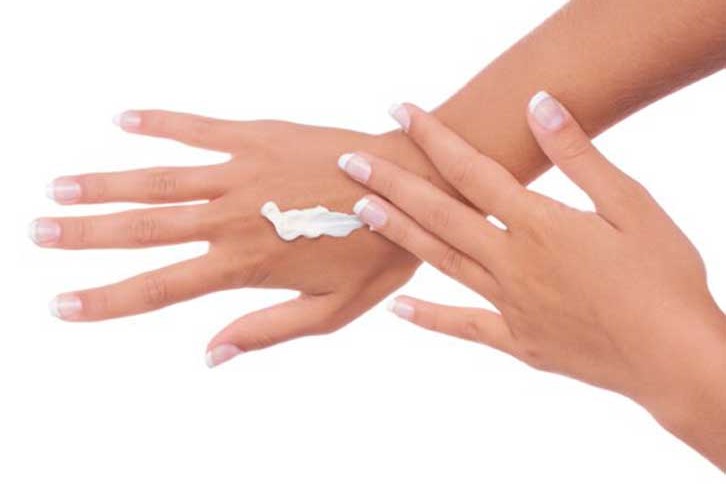Development of synthetic tissue models has been gaining speed over the past decades as materials, designs, and processing techniques have become more sophisticated. Polyurethane and silicone organ models adorn the desktops of many scientists and physicians, and serve as useful anatomical images and guides. For actual surgical technique development and training, these rigid materials sometimes do not accurately replicate the behavior of biological tissue. Alternative materials, most notably hydrogels, can function well in this role. The highly hydrated nature of hydrogels can give them the feel, elasticity, and cutting behavior of native tissue, and they can often be prepared in form factors that mimic the native organs. CPG has been developing custom tissue models for over 20 years for clients based on its proprietary hydrogel formulations.
Skin is a challenging organ to model, since it has unusual elasticity and frictional behavior when compared to other tissues, such as muscle and fat. Beyond just mechanical behavior, researchers are keenly interested in skin models that help assess biological safety requirements. The standard approach for biological safety is normally an animal model (rat, rabbit), but public resistance to animal testing has pushed for development of non-animal based models. L’Oreal is using additive manufacturing techniques to make films of skin models derived from human keratinocytes, producing a model that is histologically similar to the human epidermis. Intended to allow L’Oreal to test their skin products, the EpiSkin™ model is proposed for tests in involving irritation, UV exposure, DNA damage, and other parameters.
A company local to Boston, MatTek, has also been producing EpiDerm™ skin models for several years by culturing human keratinocytes.
These technologies present an exciting platform for reproducible, clinically-relevant skin testing without the need for animal models.

